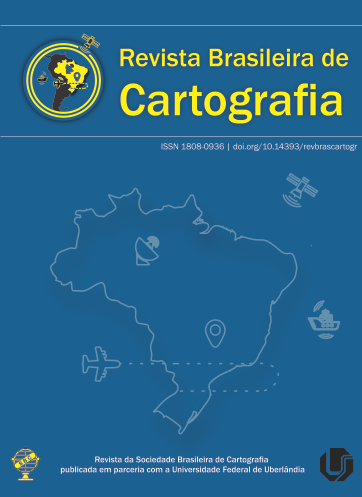Distance Estimations for Municipal Solid Waste Disposal in the São Paulo State
Main Article Content
Abstract
Municipal solid waste (MSW) is one of the major environmental, social and economic concerns. In Brazil, 78.3 MSW million tons were generated in the year 2016. In the São Paulo state, about 14.6 million tons were generated, around 19% of what was generated in the whole country. In the MSW management, collection and transport are the stages that most affect the financial budget, on average 40 to 70% of the economic resources are spent in these phases. In addition, this also influences the environment through greenhouse gas emissions caused by MSW trucks. This study objective was to estimate and spatially analyze using Geographic Information Systems (GIS) the distances traveled by MSW collection trucks from urban centers to final MSW disposal sites on a regional scale for all municipalities in the state of São Paulo during the year of 2016. The results showed that to transport MSW in the São Paulo state the trucks had traveled approximately 91 million kilometers. This distance is sufficient to give more than 2,293 laps on planet Earth and consequently contributes to the high environmental and economic costs of this MSW management stage.
Downloads
Metrics
Article Details
Authors who publish in this journal agree to the following terms:
- Authors retain copyright and grant the journal right of first publication with the work simultaneously licensed under a Creative Commons Attribution License that allows others to share the work with an acknowledgment of the work's authorship and initial publication in this journal.
- Authors can enter into separate, additional contractual arrangements for the non-exclusive distribution of the journal's published version of the work (e.g., post it to an institutional repository or publish it in a book), with an acknowledgment of its initial publication in this journal.
- Authors are permitted and encouraged to post their work online (e.g., in institutional repositories or on their website) before and during the submission process, as it can lead to productive exchanges, as well as earlier and greater citation of published work (see "The Effect of Open Access").





